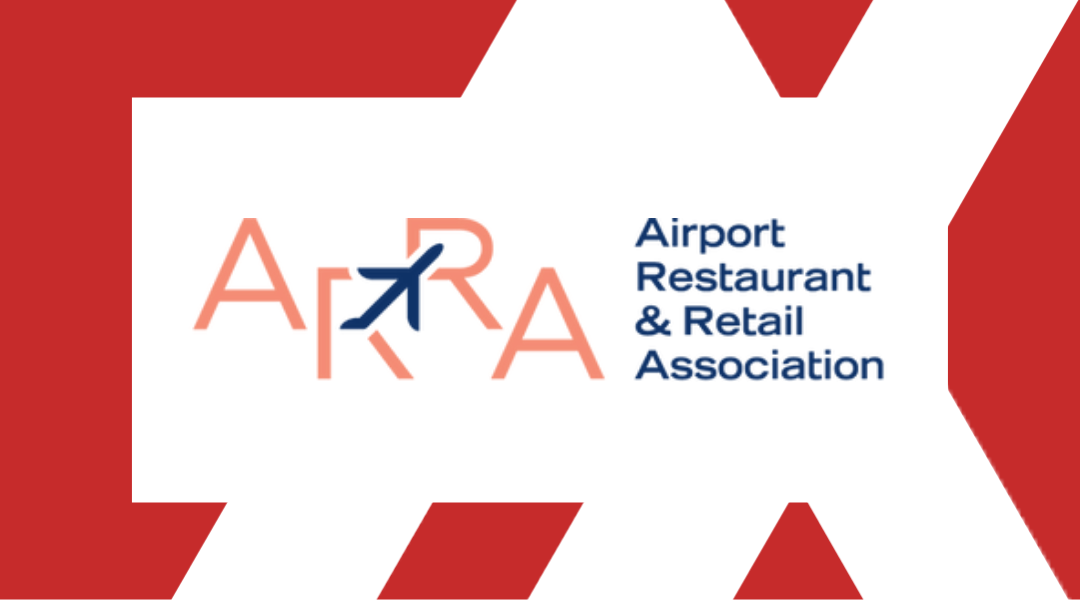Canadian airports are slowly recovering as the world emerges from the pandemic, but many remain in perilous financial straits due to multiple months of very limited passenger traffic. Sam Samaddar, director of Kelowna International Airport (YLW) and incoming chair of Airports Council International-North America (ACI-NA) (beginning Jan. 1), shared his views on the weekly industry call hosted by the Airport Restaurant & Retail Association (ARRA).
Samaddar lamented the Canadian government’s comparatively low financial support to the aviation industry throughout the pandemic.
“It’s been very, very frustrating,” he said. “My colleagues to the south [were able to] bring attention to the industry and get quite a bit of funding, but in Canada, because we have this user pay system model, the help was less than forthcoming.” Samaddar noted that there was some rent relief and a pool of money for airport infrastructure upgrades, but for the latter, in many cases airports were required to add additional funds in order to receive the help.
Samaddar said Canada’s relief for the aviation industry was the equivalent of $11 per passenger, compared to about $70 per passenger in the U.S. and many European countries hovering in the $50 per passenger range. “I don’t have a lot of good things to say about our government in terms of accepting or understanding the importance of airports and supporting the local economy and the broader economic picture of the country,” he said. Most airports have an Airport Improvement Fee levied on passengers to help fund infrastructure projects. “Unlike the PFC, you can set the rate to support your business model in terms of capital programs …” Samaddar said, noting the rate is variable.
In fact, Samaddar noted that while U.S. airlines remain vociferously opposed to a hike in the PFC cap in the United States, “they’ve never raised an issue in Canada with respect to AIF.” He noted the competitive nature of airports and the pressure from airlines to keep costs low would naturally keep U.S. airports from pushing rates too high. “You can do some of this stuff at your own peril, because if an airline is looking at two communities to serve, and they realize that your airport is more expensive than the airport down the road, guess where they’re going to go?” he said. “ There is a check and balance through the system.”
No matter the funding mechanism, availability of funds doesn’t mean airports should always push forward on expansions or renovations, Samaddar contended.
“Capital can be seen as cheap, but what is the operating cost of the facility?” he noted. “And are you building something that is much larger than what it needs to be? There’s obviously a high amount of debt in [Canada] associated with the development of infrastructure. As we lost a lot of revenue, there are airports that have to borrow more money just to survive.
“My point is, be very, very cautious about what you build, and build it over time and adjust it and don’t overbuild,” Samaddar said.
Asked whether he thinks the Canadian model is sustainable, Samaddar replied: “It’s a difficult one to answer directly, but here’s what we need to do,” he said. “The provision of paying rent, I believe that the head lease with the Crown, with the federal government, needs to be amended. This would include, in my view, eliminating rent that airports pay. They are an economic generator in themselves.
“There are some airports of course where you don’t have enough passengers to generate the amount of money that is required to operate in a way that is efficient,” Samaddar continued. “There are airports that are going to need continuous funding from the federal government, just because they don’t have enough traffic.” He added that the Canadian model has certain desirable attributes, but the pandemic has shown that the model is vulnerable.






